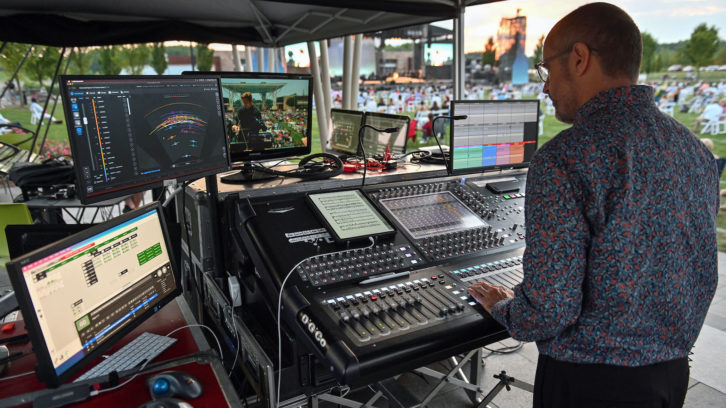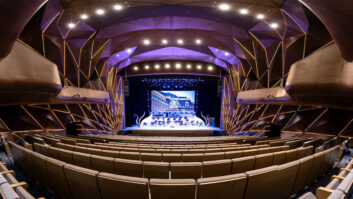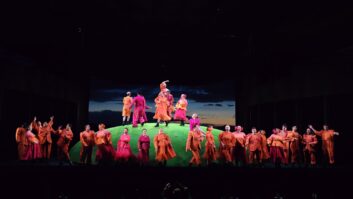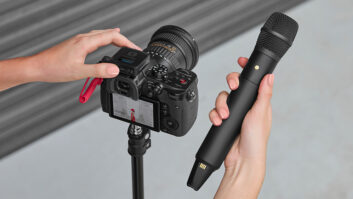
Cincinnati, Ohio (September 9, 2021)—With indoor concerts still a tough sell to the public and performers alike, the Cincinnati Opera opted to head outdoors with Cincinnati Symphony Orchestra and the Cincinnati Opera Chorus this summer to present Carmen, Tosca and The Barber of Seville outdoors in Summit Park.
Jonathan Burke, who directs the sound design program in the School of Theater, Film and Television at UCLA, designed the audio system, which was based around L-Acoustics’ L-ISA immersive technology. Provided by Firehouse Productions, a full 60 Kara II enclosures were configured as five arrays of a dozen enclosures each, all flown from towers and the stage canopy, as the Scene system. The arrays made use of L-Acoustics Panflex horizontal steering to create coverage over the entire seating area extending 450 feet from the stage.
Innovations: L-Acoustics L-ISA Studio Immersive Audio Software
In addition, 16 KS28 subs were arrayed in a center arc on the ground, while nine Kiva II enclosures were deployed as front-fills along the leading edge of the stage, placed atop the subs. Finally, a half-dozen Syva medium-throw colinear source speakers were mounted on light poles at the rear of the seating area and, using L-ISA Room Engine functionality, created the rear-surround array. All components were.
The use of L-ISA was intended to create an operatic experience outdoors, said Burke: “We looked at how to add surround speakers in an inconspicuous way so that the illusion of reverb was built into the sound system from the start…. The spatialization of the orchestra was spectacular—the harp, tympani, and other elements were exactly where they were supposed to be, and the detail of each instrument was as if you were standing next to them. We could also get creative: we could widen out the chorus, for instance, and move other elements a bit upstage or downstage if we wanted.
“[Vocalists] said they really felt as though they were in an enclosed space, with reflections off of walls,” he added. “There was no vocal monitoring, no foldback—they really felt supported by the ‘room.’ On shows like this, I’ll usually have reverb on a fader I can bring up as needed, but on these shows, we needed none of that. The Room Engine created all the ambience we needed and wanted.”







